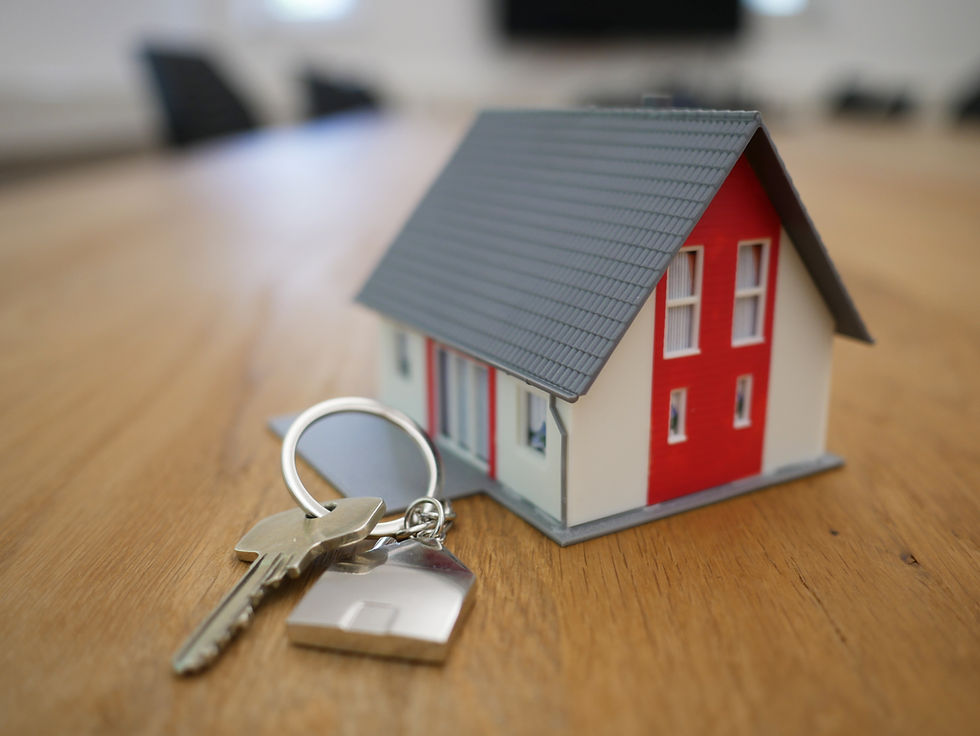"Don't Lose Interest"
- Will Bernd

- Apr 21, 2022
- 3 min read

Due to the economic turmoil caused by the global pandemic in 2020, the Fed began to lower interest rates throughout 2020 and 2021. This enticed Americans to continue buying homes and stimulate the faltering economy. The result? One of the most unique housing markets of our time. Low interest rates paired with the freedom to work from home had millions of Americans rethinking their living situations. People began to leave high rent cities and settle in more relaxed single family home environments.
But what's happening now? With loosening Covid restrictions and the return of economic stability, the government has begun to raise interest rates.
What does this mean for the housing market? Let's get into it...
The Fed
The Federal Reserve System commonly known as the 'Fed', began to raise rates as a sign that the economy was recovering from Dec. 2021 to March 2022. The national average grew from 3.1% to 4.17% for a 30 year fixed rate mortgage. It has been announced that by the end of 2022 rates will rise to 5.5% for a 30 year mortgage and 4.7% for a 15 year mortgage. As of April 2022 the current national average is standing at 5% (30 year) and 4.2% (15 year) perspectively.
How Does This Affect the Market?
The Buyer:
As rates continue to gradually raise, this affects the buying power of the consumer. For every 1% gained on an interest rate the consumer loses about 10% of their buying power. For example if a buyer could afford a $400,000 mortgage at 4% interest back in March, today at 5% that same buyer would only be able to afford a mortgage of $360,000, or even down to almost $340,000 at 5.5% as predicted by the end of 2022. In cases like this the buyer would either provide a larger down payment for the home they plan on buying or would have to adjust their price range accordingly. A 1% hike can also add around $80,000 in interest payments over the course of 30 years in line with a $400,000 mortgage!
The Seller:
In turn with buying power being directly affected by higher mortgage rates, sellers can be affected as well. We are currently in a 'sellers market' meaning that the demand is much higher than the supply allowing the sellers to have more power over the buyer when negotiating offers. With interest rates going up as we saw affecting buying power it can also directly affect the selling side of the market. As the average buying power declines there will be less competition, which could result in longer days on market, correction (not crash!), and an overall cooling of the market. Just as we saw how an added 1% interest affects a $400,000 mortgage, sellers may have to adjust their prices in accordance with those interested in buying their homes.
The Investor:
Higher interest rates can be beneficial to many real estate investors, as interest rates begin to climb renting a home instead of buying becomes a much more economical option for many, which in turn could cause a higher demand for rental properties. One downside for renters is that higher rates could cause landlords to increase rent in relation to their mortgage.
After this brief look into the current state of federal interest rates, we can see how it affects buyers, sellers, and investors alike. The lower the rates, the more house a buyer can afford, the more offers made to a seller, and investors can maximize their profits with low interest. Everybody loves low interest rates! So if this blog peaked your 'interest' in buying, selling, or investing before the Fed's next hike, or you would like more detailed information on mortgages and the lending process, we are here to be a resource to you no matter your real estate goals!



Comments